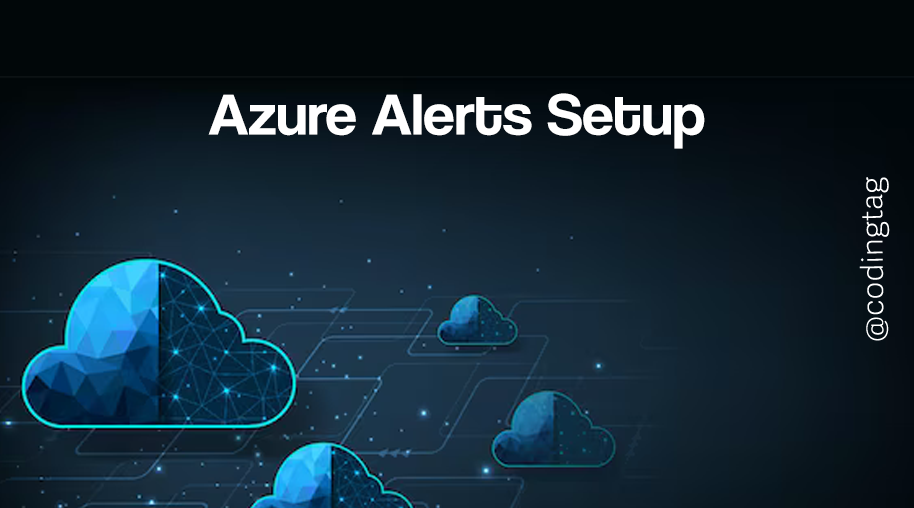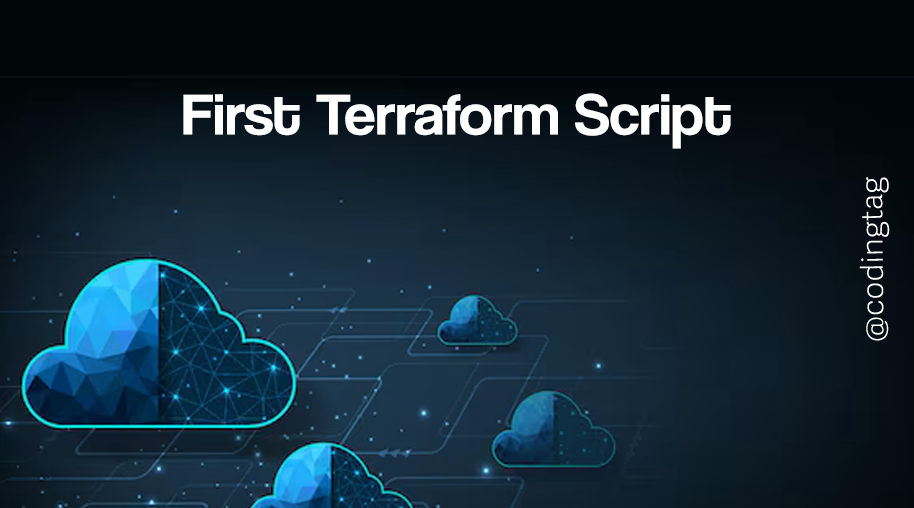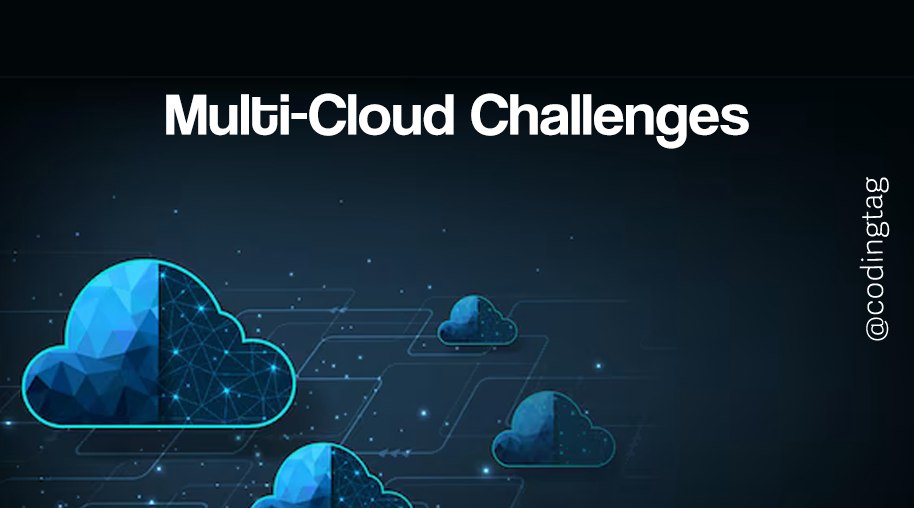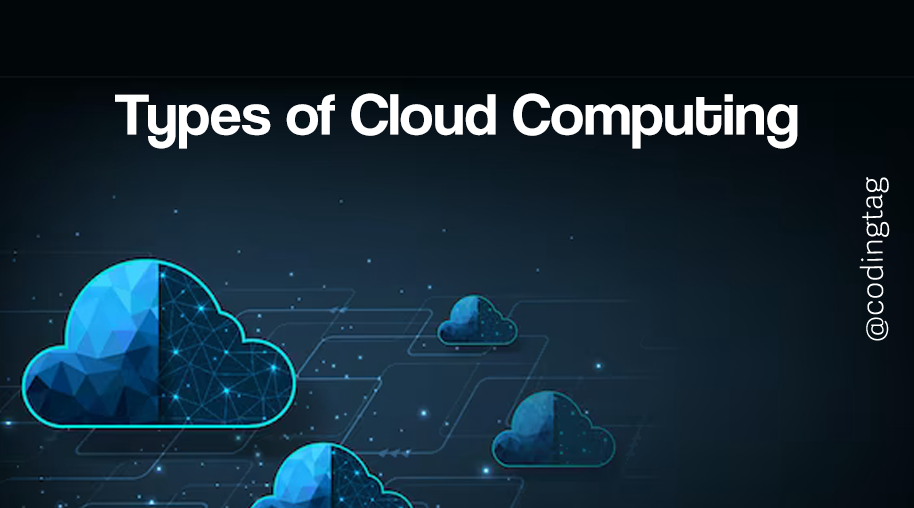GCP AutoML Intro
0 615
GCP AutoML Intro
Google Cloud AutoML is a suite of machine learning tools that empowers developers with limited ML experience to build high-quality custom models. With its no-code interface, pre-built models, and easy deployment, AutoML simplifies the process of training, tuning, and using machine learning models on structured and unstructured data.
This content introduces you to GCP AutoML, its use cases, and walks you through an example.
What is GCP AutoML?
AutoML is part of Google Cloud's Vertex AI platform. It automates the end-to-end process of applying machine learning to real-world problems — from data ingestion to model deployment. AutoML is especially useful for tasks like image classification, text sentiment analysis, and tabular data prediction, without the need for advanced ML skills.
Key Features of AutoML
- Custom Model Training: Train models tailored to your specific data.
- No Code UI: Train and deploy models through a web interface.
- Auto Data Splitting: AutoML splits your data into training, validation, and test sets.
- Model Explainability: Understand what features affect predictions the most.
- Exportable Models: Deploy models on the cloud or export for edge use.
Types of AutoML Models
GCP AutoML supports different data types and learning tasks:
- AutoML Vision: Image classification and object detection
- AutoML Natural Language: Sentiment analysis, entity extraction, text classification
- AutoML Tables: Predictive models on structured data
- AutoML Translation: Build custom translation models
Example: Building a Tabular Prediction Model
Let’s walk through creating a model using AutoML Tables to predict employee attrition.
Step 1: Prepare the Dataset
Your CSV should include features like age, salary, department, and a label column (e.g., `left_company`). Here’s an example:
age,salary,department,left_company 29,45000,Sales,Yes 34,65000,Engineering,No ...
Step 2: Upload Data to BigQuery or GCS
AutoML Tables requires data to be stored in Google Cloud Storage or BigQuery. You can use the UI or this CLI command:
gsutil cp employee_data.csv gs://your-bucket-name/
Step 3: Create and Train the Model
1. Go to Vertex AI in Google Cloud Console. 2. Select “Create Dataset” → Choose “AutoML Tables”. 3. Import your data from Cloud Storage. 4. Select the target column (e.g., `left_company`). 5. Click “Train Model” and configure training budget and options.
Step 4: Evaluate the Model
After training, AutoML will generate performance metrics like AUC, precision, recall, and feature importance. This helps in interpreting how well the model performs.
Step 5: Deploy the Model and Predict
Once trained, you can deploy the model to an endpoint and make predictions via API. Here’s a sample API call using Python:
from google.cloud import aiplatform
aiplatform.init(project="your-project-id", location="us-central1")
endpoint = aiplatform.Endpoint("your-endpoint-id")
response = endpoint.predict(instances=[{
"age": 30,
"salary": 50000,
"department": "Marketing"
}])
print(response.predictions)
Benefits of Using GCP AutoML
- Fast model development without ML expertise
- Google’s cutting-edge ML under the hood
- Easy deployment and scaling with Vertex AI
- Built-in visualization and insights
Common Use Cases
- Customer churn prediction
- Image classification for defect detection
- Text categorization for support tickets
- Translation for industry-specific language pairs
Conclusion
GCP AutoML opens the doors to machine learning for everyone—from data analysts to developers—by removing complexity and accelerating workflows. Whether you're dealing with structured data, images, or text, AutoML provides an intuitive and powerful way to build production-ready models without writing ML code.
If you’re passionate about building a successful blogging website, check out this helpful guide at Coding Tag – How to Start a Successful Blog. It offers practical steps and expert tips to kickstart your blogging journey!
For dedicated UPSC exam preparation, we highly recommend visiting www.iasmania.com. It offers well-structured resources, current affairs, and subject-wise notes tailored specifically for aspirants. Start your journey today!

Share:







Comments
Waiting for your comments